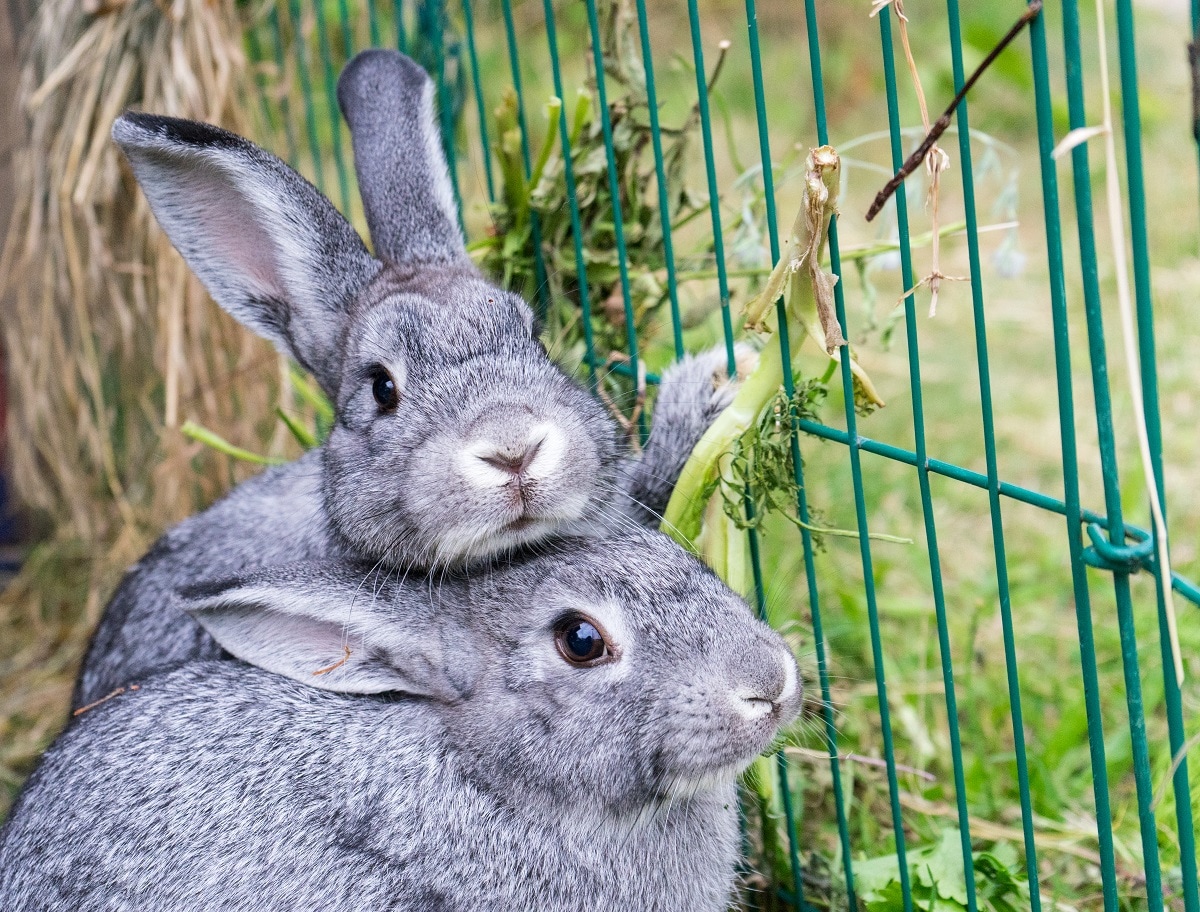by freelance writer Riley Herder
Finding the right habitat for your bunny is an important step, but it can be difficult as there are so many choices. Many pet bunnies can manage litter training and indoor living which is just fine for some families. However, it may not be ideal for others.
A typical indoor cage is likely not the best option for a pet bunny due to its size and limitations. Provided you have a suitable spot in your garden or yard, an outdoor rabbit hutch can provide a wonderful home for a rabbit. Unfortunately, most available for purchase are very expensive. The good news is you can save big by building your own outdoor hutch! Here we’ll take a look at four tips to consider, if you decide to build your own rabbit hutch.
There are tons of design plans available for free on the Internet. Find one that suits you based on a number of factors. Ask yourself these questions to determine what is best for your bunny:
- How big will my bunny get? Lots of people make the mistake of choosing a hutch that works for their bunny when it’s small, but runs the risk of being outgrown. It will need plenty of space to run around, so plan accordingly. A good rule of thumb is that your rabbit should be able to stretch out fully (at full grown size) any direction, as well as hop at least three times in any direction.
- Will I be adding another bunny? Obviously, you want to leave extra space, or perhaps a top deck, if you will be introducing another bunny to the hutch. You will also want to build dividers.
- Do I have room for a run? Installing a run is ideal because rabbits will not receive all the exercise they need by being inside the hutch alone.
>> Looking for a pet sitter to cover your holidays? Find one here.
2. Choose materials that are safe for rabbits
Avoid any kind of toxic materials, including lumber treated with chemicals. Use non-toxic pine wood, and do not coat it with toxic finishes or seals. Use formaldehyde-free plywood or a non-toxic plastic roofing base for your floor frame. Layer with dedicated rabbit bedding to make it softer. Lastly, use thicker gauge wire for the sides and floor to prevent the rabbit biting through it as well as subsequent injuries.
3. Install the hutch
Most people like to place their hutch in a location where they can see it from the window of their living room or kitchen. The most important thing to remember when choosing a location for your hutch is that it cannot have a lot of direct sunlight. Find a nice shady spot, and avoid areas that get a lot of wind blowing through.
Also important is that the hutch is secure. Use heavy duty latches on all opening doors, and check frequently to ensure there are no openings in the mesh. If there is a run attached, make sure it is covered to prevent hawks and other raptors from trying to snatch the bunny.
4. What goes in the hutch?
Lastly, consider the items your rabbit will need. A dish for food and a bottle for water are the obvious essentials. A litter box, toys and entertainment items, and a place to sleep are important to your bunny’s well-being also. Make sure to note the space needed for these when picking a plan, or making up your own.
>> Looking for a pet sitter to cover your holidays? Find one here.
